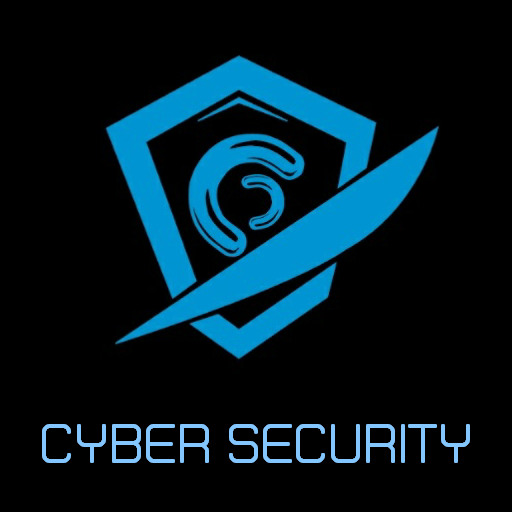I Was There When Anonymous Really Started an Insider’s Journey.
In the sprawling, chaotic realm of the internet, few phenomena have garnered as much intrigue, admiration, and controversy as Anonymous. From its origins as a loose knit group of internet users to a powerhouse of modern hacktivism, the tale of Anonymous is as captivating as it is complex. Gregg Housh, one of the early participants in this digital revolution, reflects on the genesis of Anonymous, sharing an insider’s perspective on the movement that redefined activism in the 21st century.
The Accidental Revolution of Internet Trolls
The seeds of Anonymous were sown in the fertile soil of 4chan, an imageboard notorious for its chaotic environment and lack of moderation. In the early 2000s, users often reveled in anonymity, engaging in pranks, memes, and trolling. While the community’s antics were frequently dismissed as mere mischief, they also harbored a growing sense of camaraderie among users who operated under a shared identity of anonymity.
The Spark of Collective Action
The turning point for Anonymous came in late 2007 when the Church of Scientology attempted to censor a video featuring Tom Cruise discussing his beliefs. In a move that would set the tone for future operations, a group of 4chan users rallied together, calling for a protest against the church’s attempts to suppress the video. This call to action resonated with many, highlighting the power of collective effort that emerged from anonymity.
The First Operations
As 2008 rolled in, Anonymous began to take on more serious issues. The first organized protests against the Church of Scientology, known as ‘Project Chanology,’ took place in February of that year. Thousands donned masks reminiscent of Guy Fawkes, symbolizing their commitment to anonymity and their disdain for censorship. These protests were not just an expression of dissent; they were a clarion call for freedom of speech.
From there, the operations of Anonymous began to multiply. The group targeted various institutions perceived as corrupt or oppressive, including government entities, corporations, and organizations involved in human rights abuses. Each operation was met with varying degrees of success, but the message was clear: the age of the internet vigilante was upon us.
The Explosion into a Household Name
As Anonymous grew, so did its notoriety. The group gained attention for its involvement in high-profile operations, such as supporting the Arab Spring, targeting the Westboro Baptist Church, and protesting against the actions of the U.S. government. The enigmatic nature of the group only added to its allure; it became a symbol of resistance in a world where the lines between right and wrong were often blurred.
The Legacy of Anonymous
Today, Anonymous stands as a testament to the power of digital activism. The movement has evolved, and while its early days were characterized by a sense of chaos and spontaneity, the impact it has made on global politics and social movements is undeniable. From Black Lives Matter to the Me-Too movement, the spirit of Anonymous continues to resonate, inspiring new generations to take action.
As an insider who witnessed the birth and evolution of Anonymous, Gregg Housh’s story is one of both pride and reflection. The legacy of Anonymous is a reminder that even in the vastness of cyberspace, a collective of anonymous individuals can ignite a movement that transcends boundaries and challenges the status quo.
In a world increasingly defined by digital interaction, the story of Anonymous serves as both a cautionary tale and a beacon of hope. It underscores the idea that anonymity, while often misunderstood, can be a powerful catalyst for change, paving the way for new forms of activism in an ever-evolving digital landscape.







